“Charging Station” — Is That the Location or the “Charger”?
EV Adoption
MAY 15, 2022
This requires simple, easy-to-understand terms without jargon, and that leverage consumer’s existing reference point of the gasoline refueling experience. In an ensuing discussion around this “charging station” reference it wasn’t clear what the author meant. 39% assumed charging station refers to the site/location and 43.2%

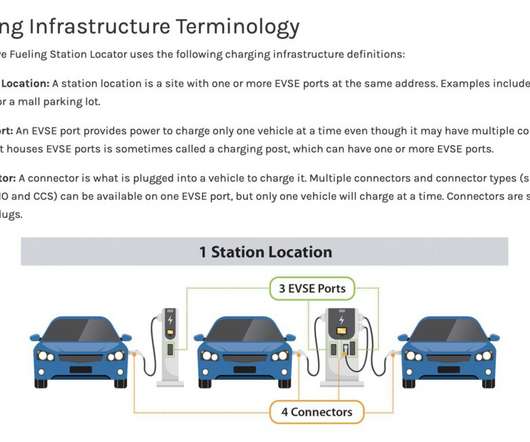
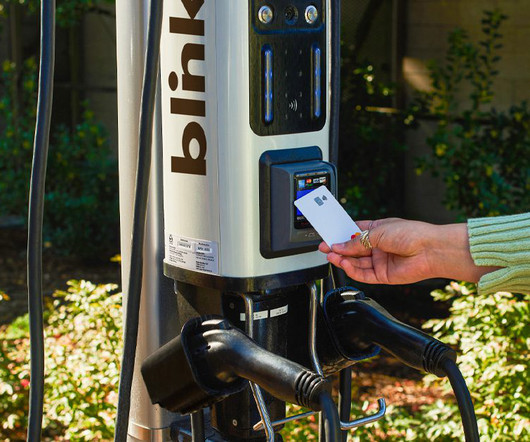

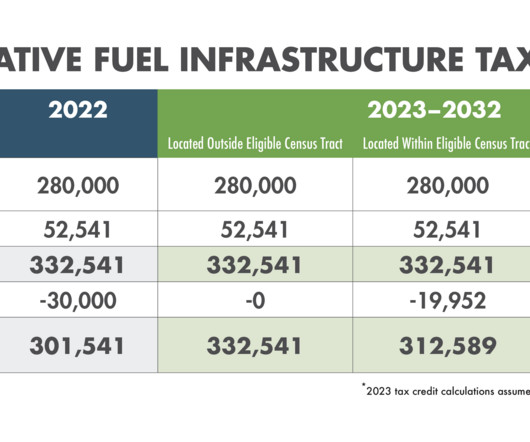
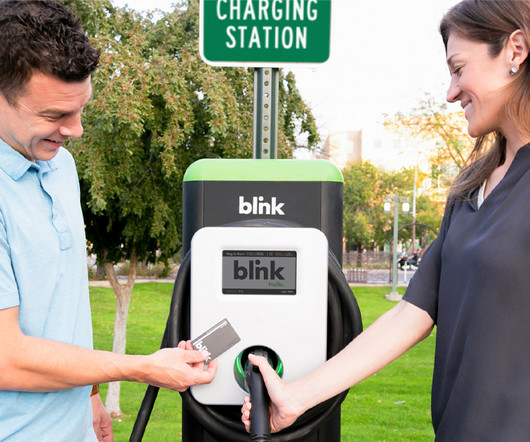
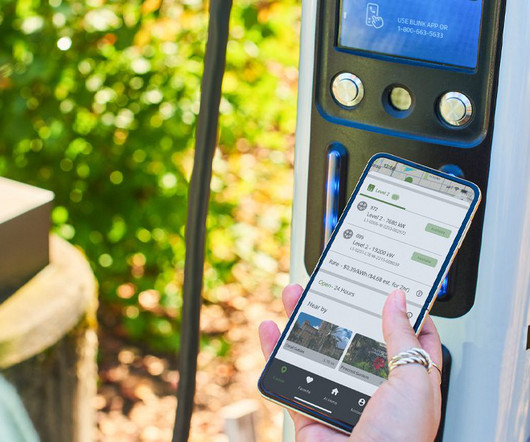






Let's personalize your content